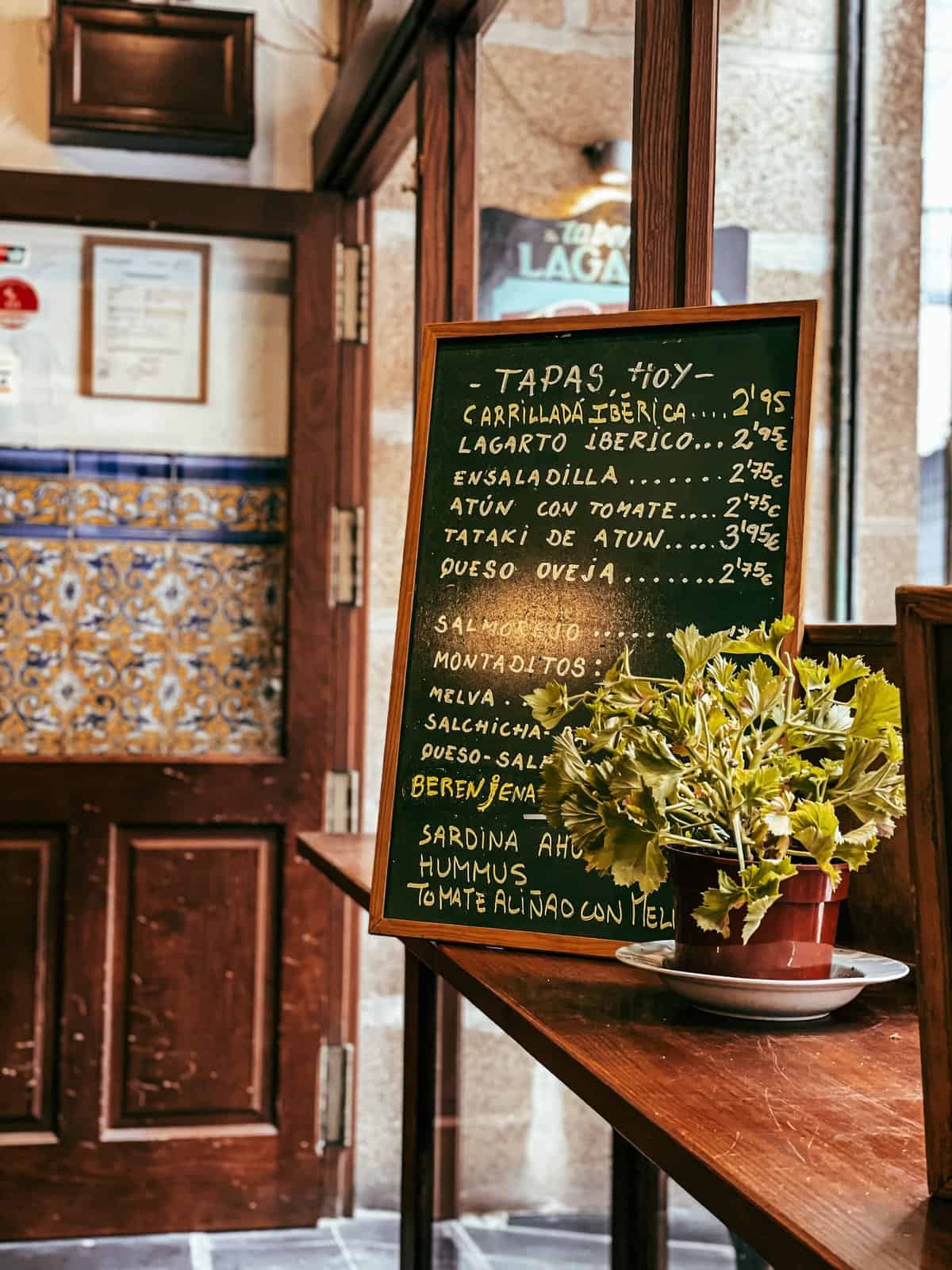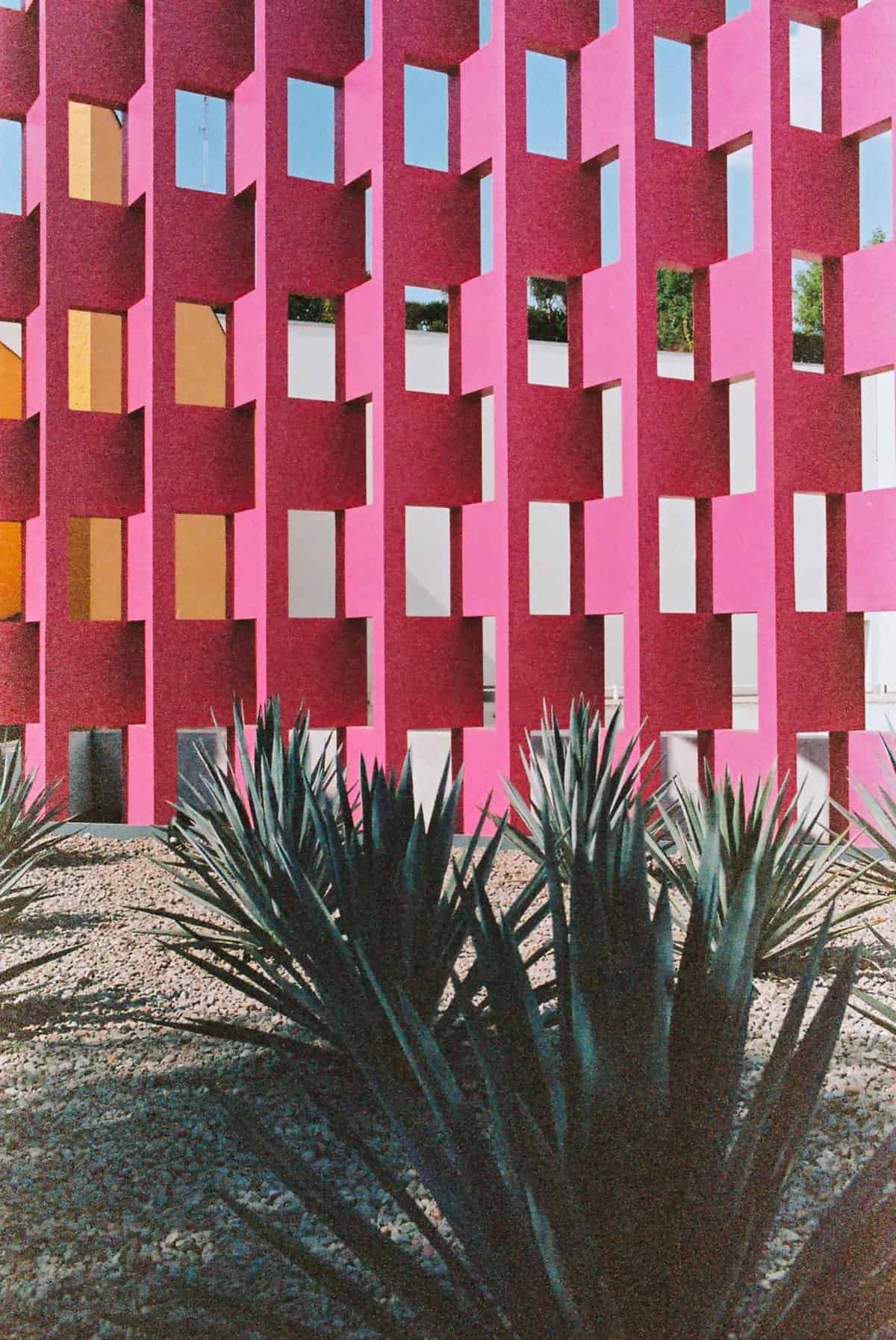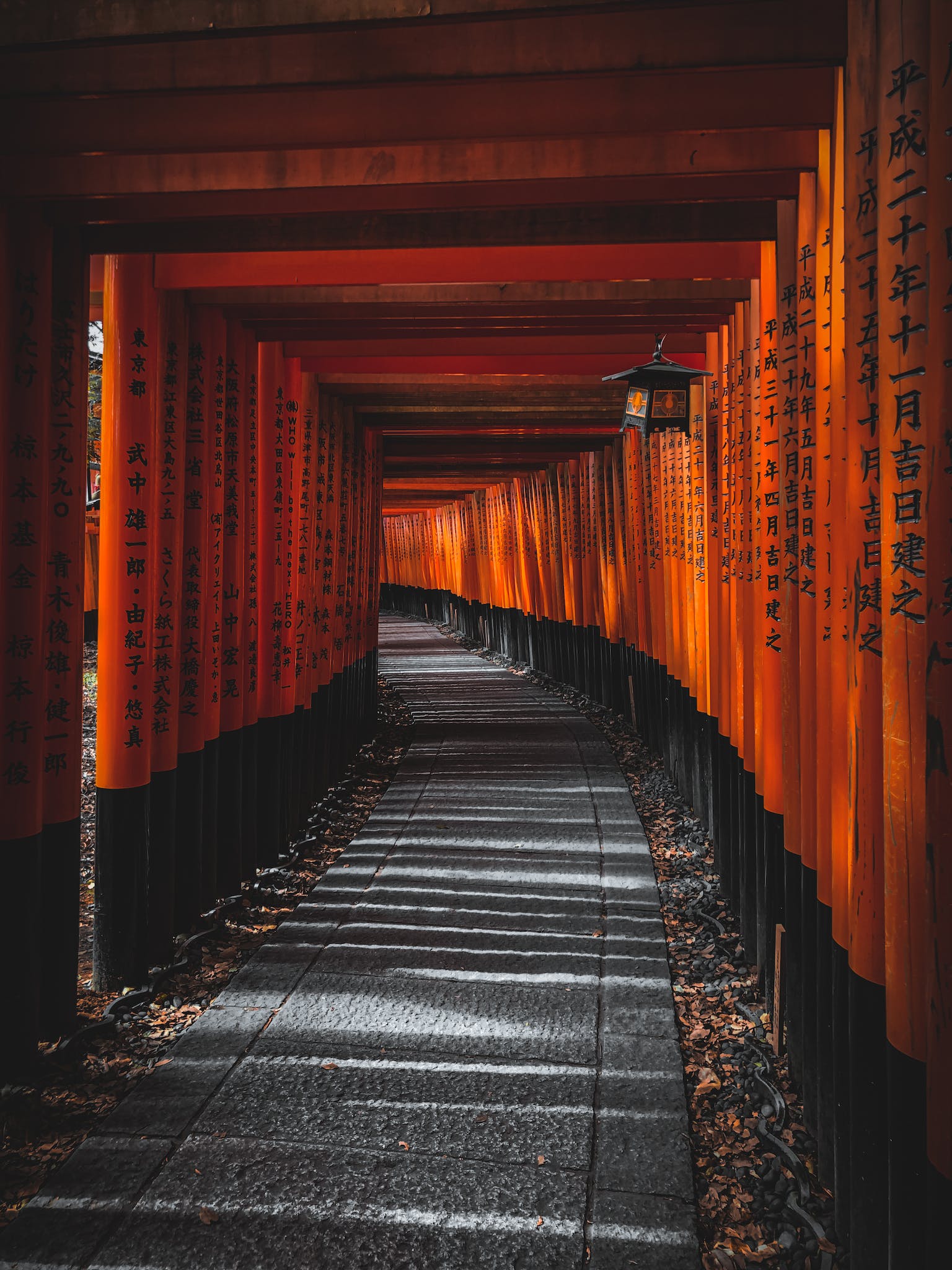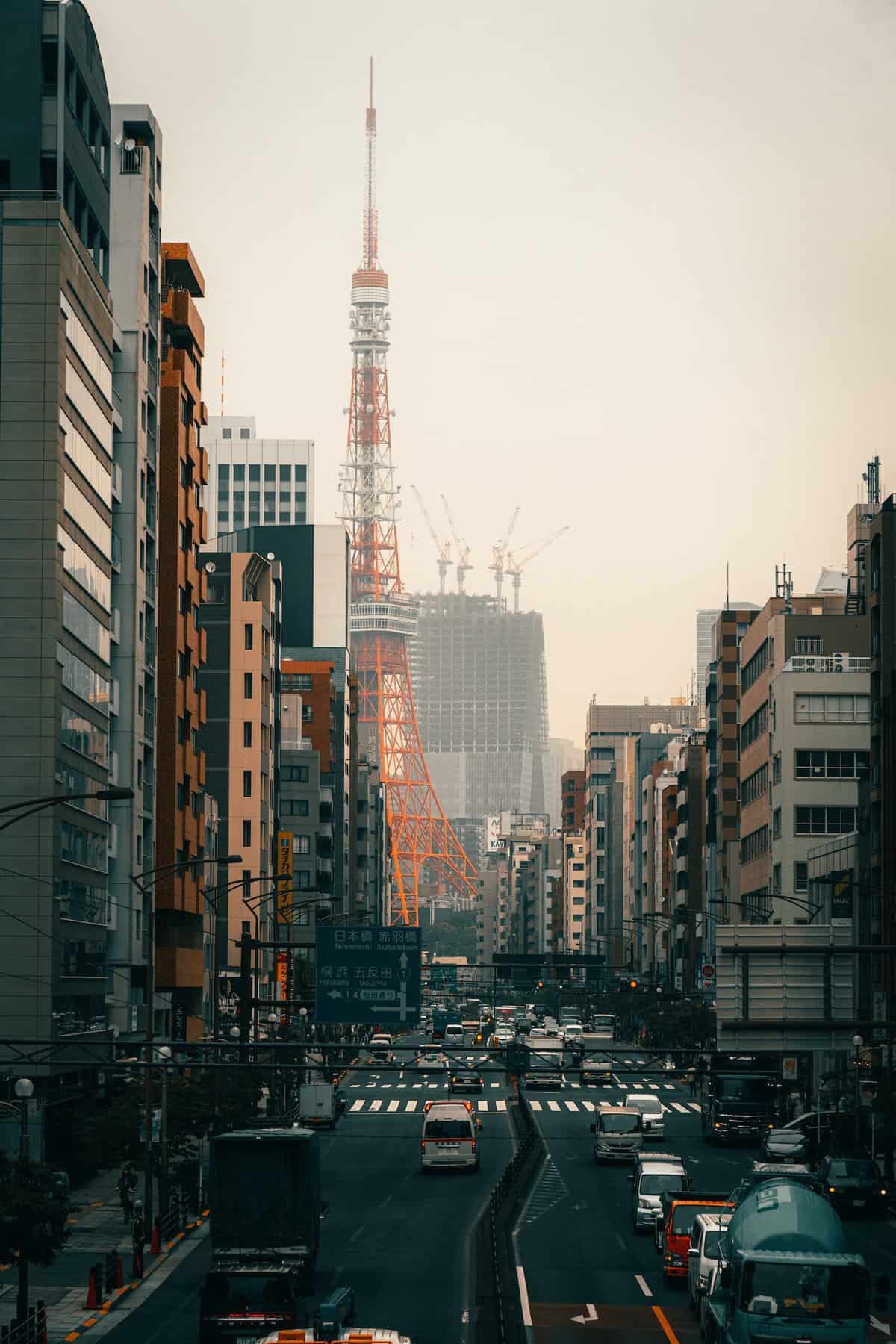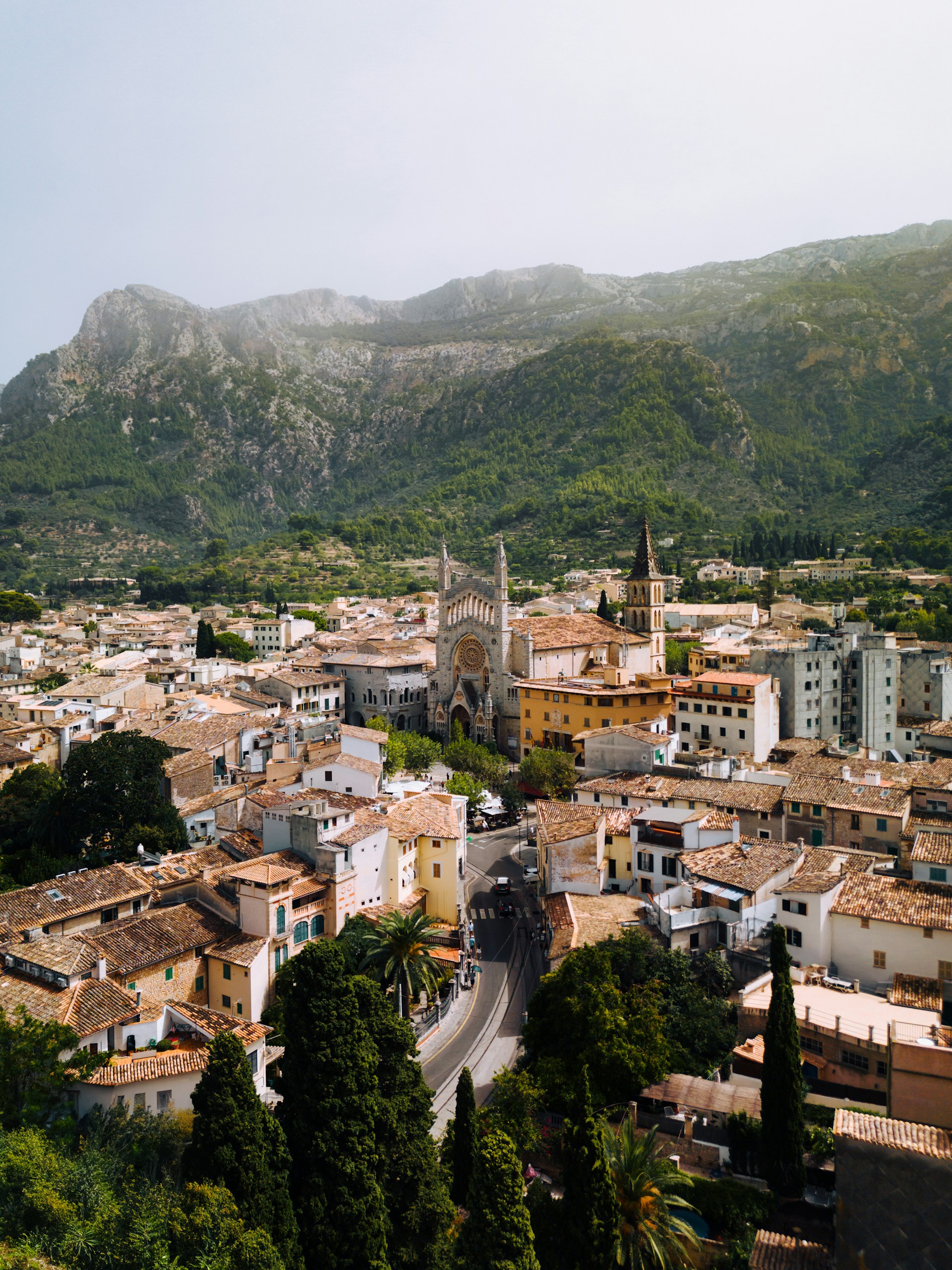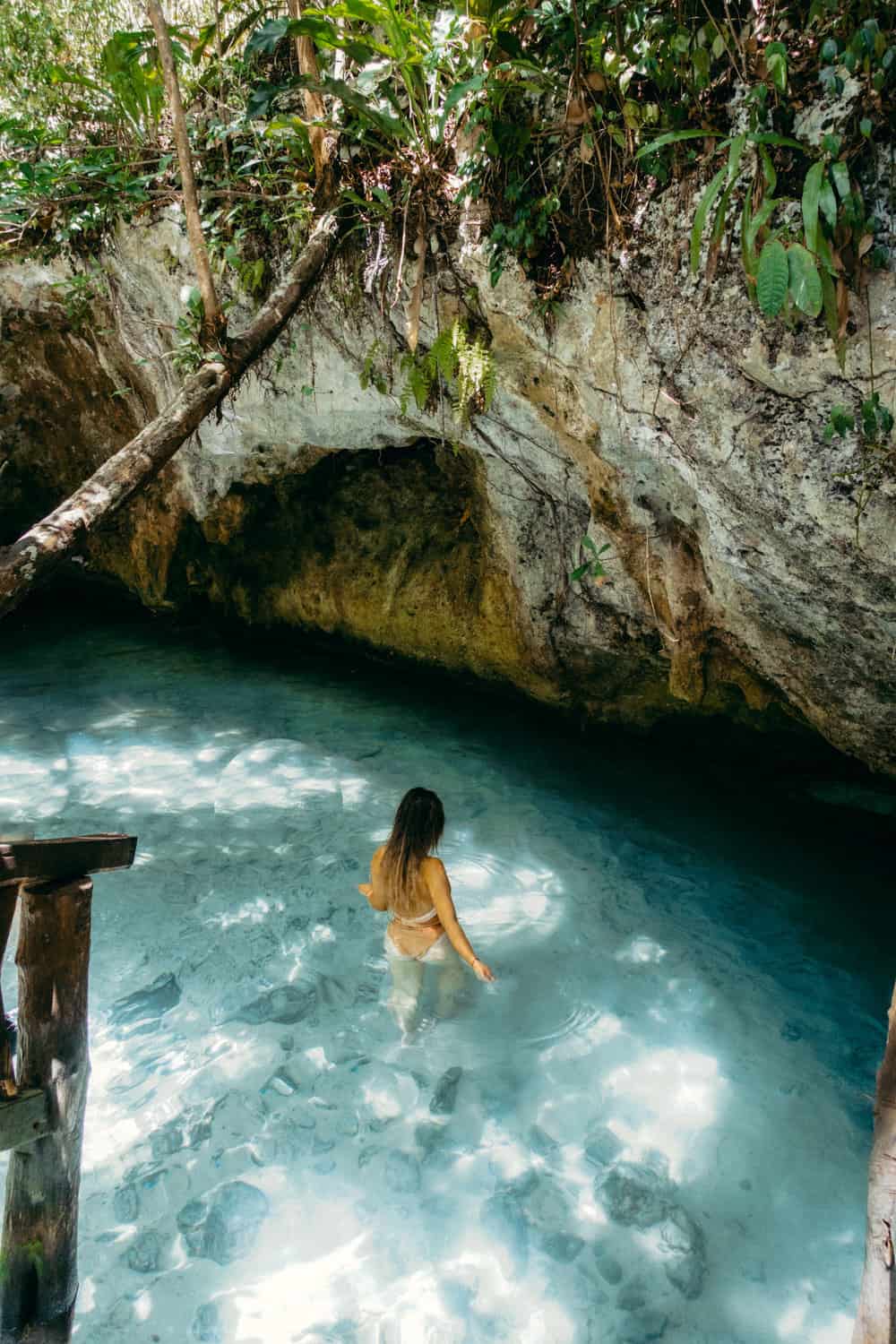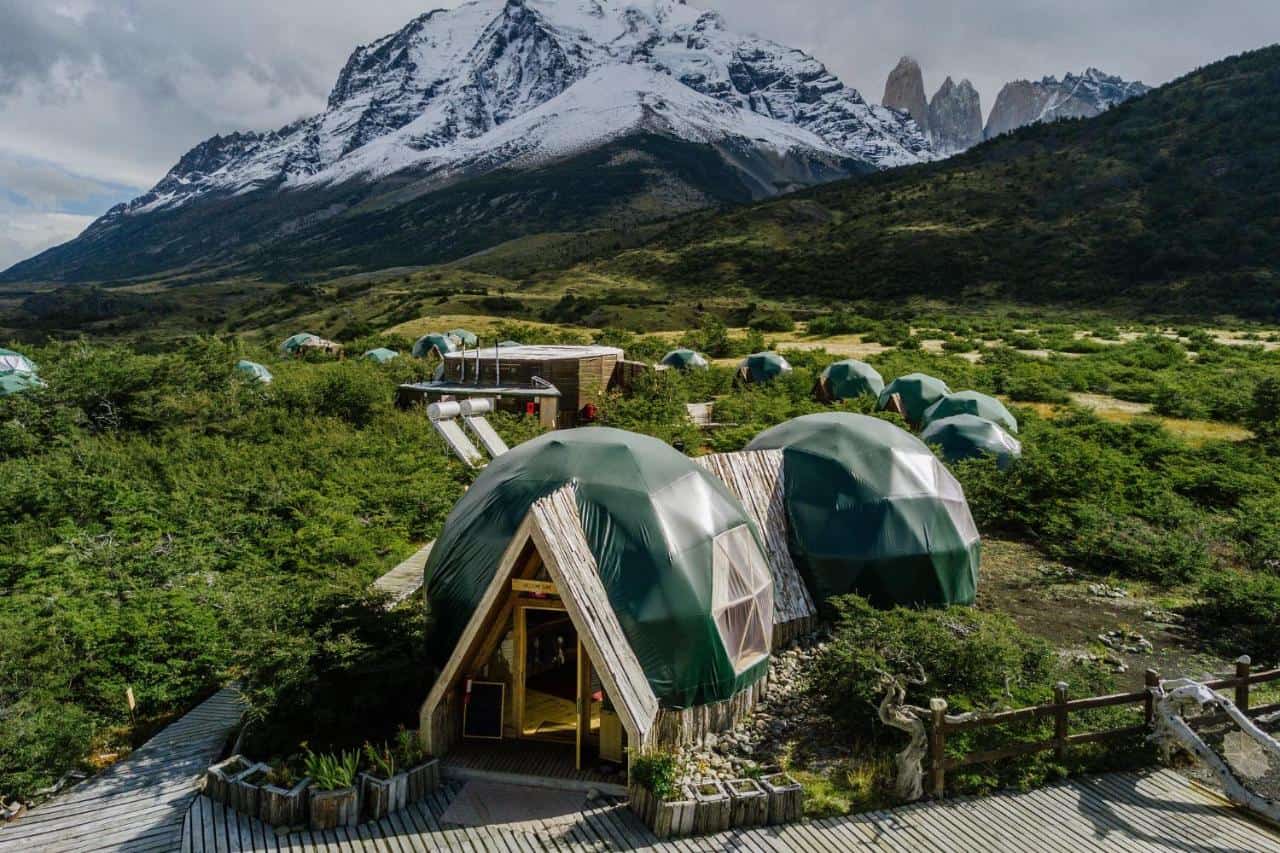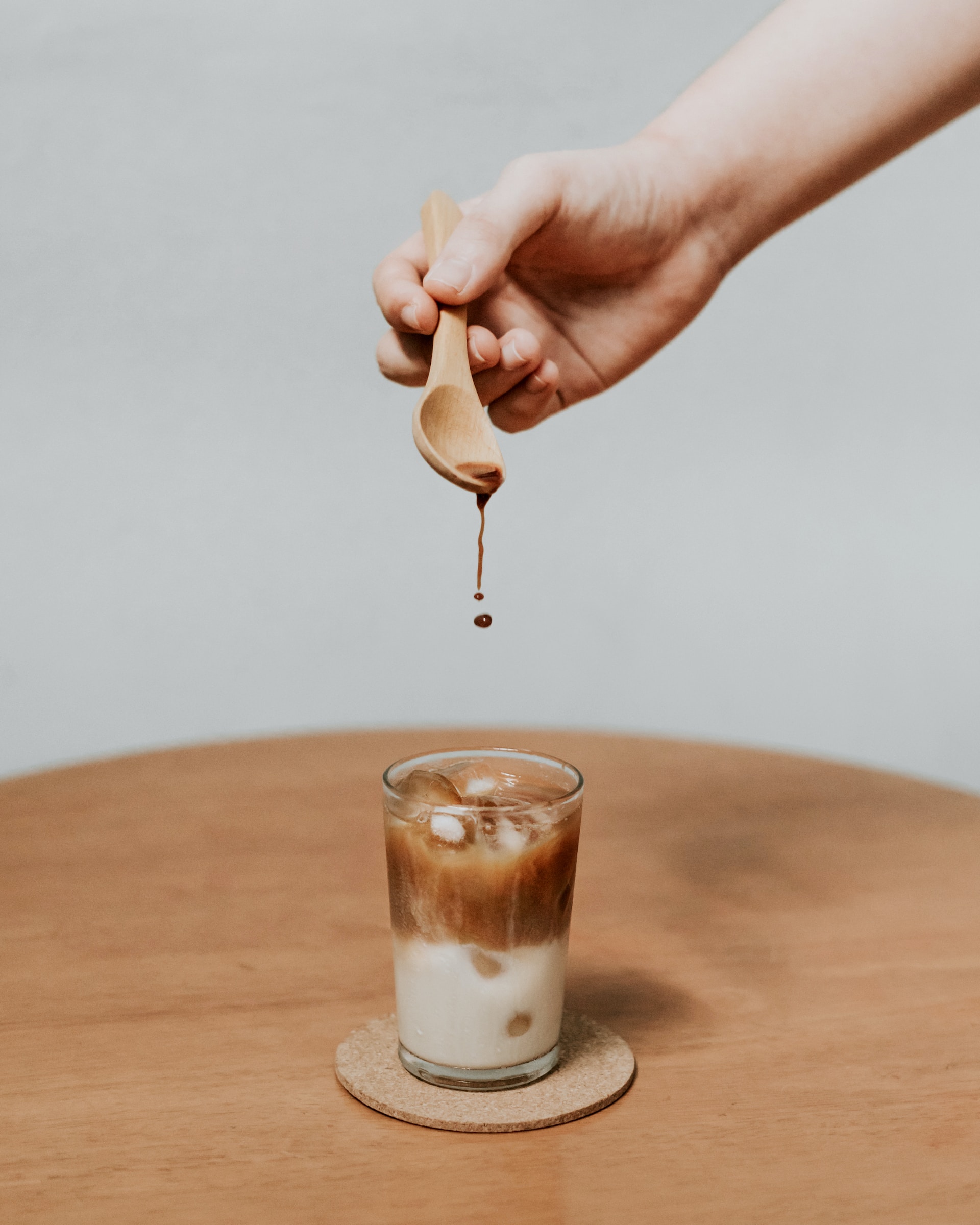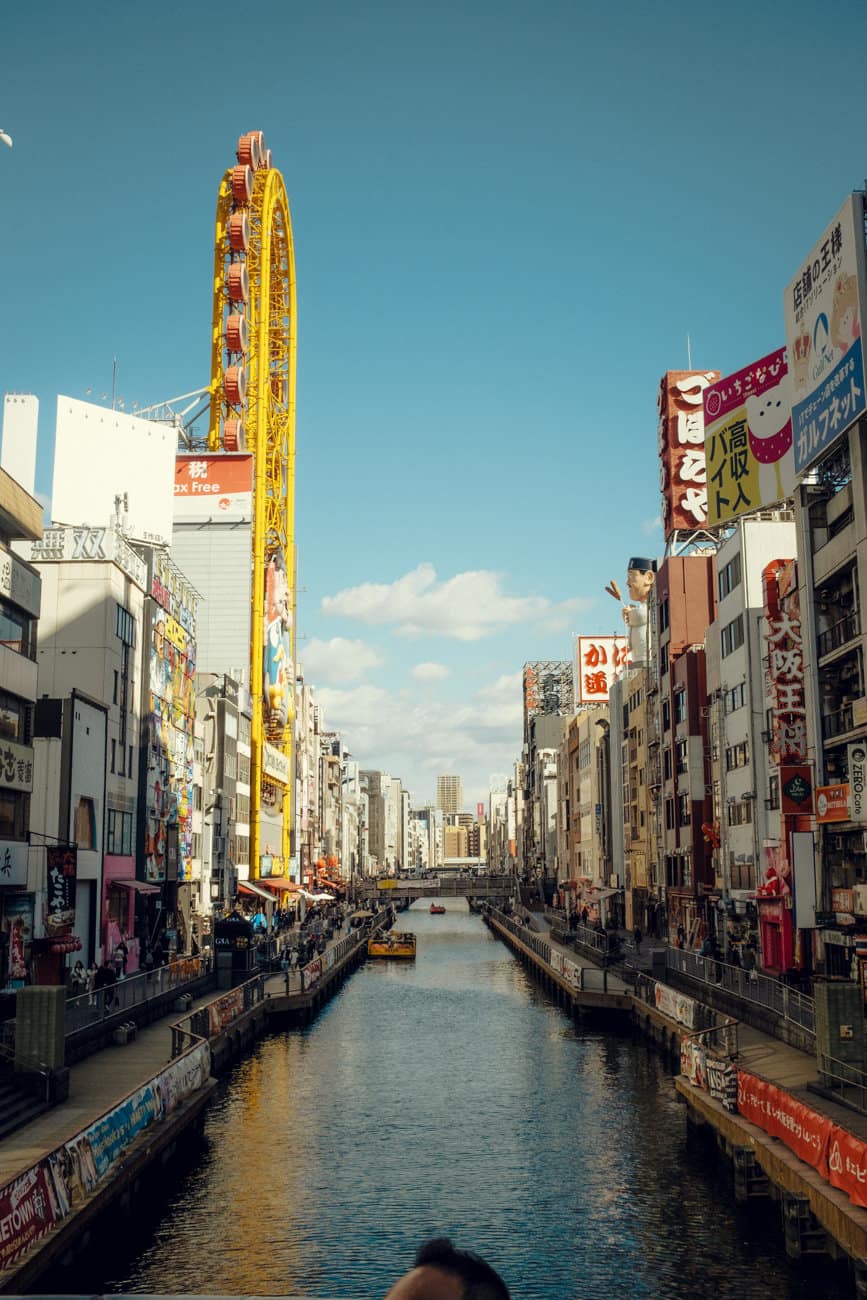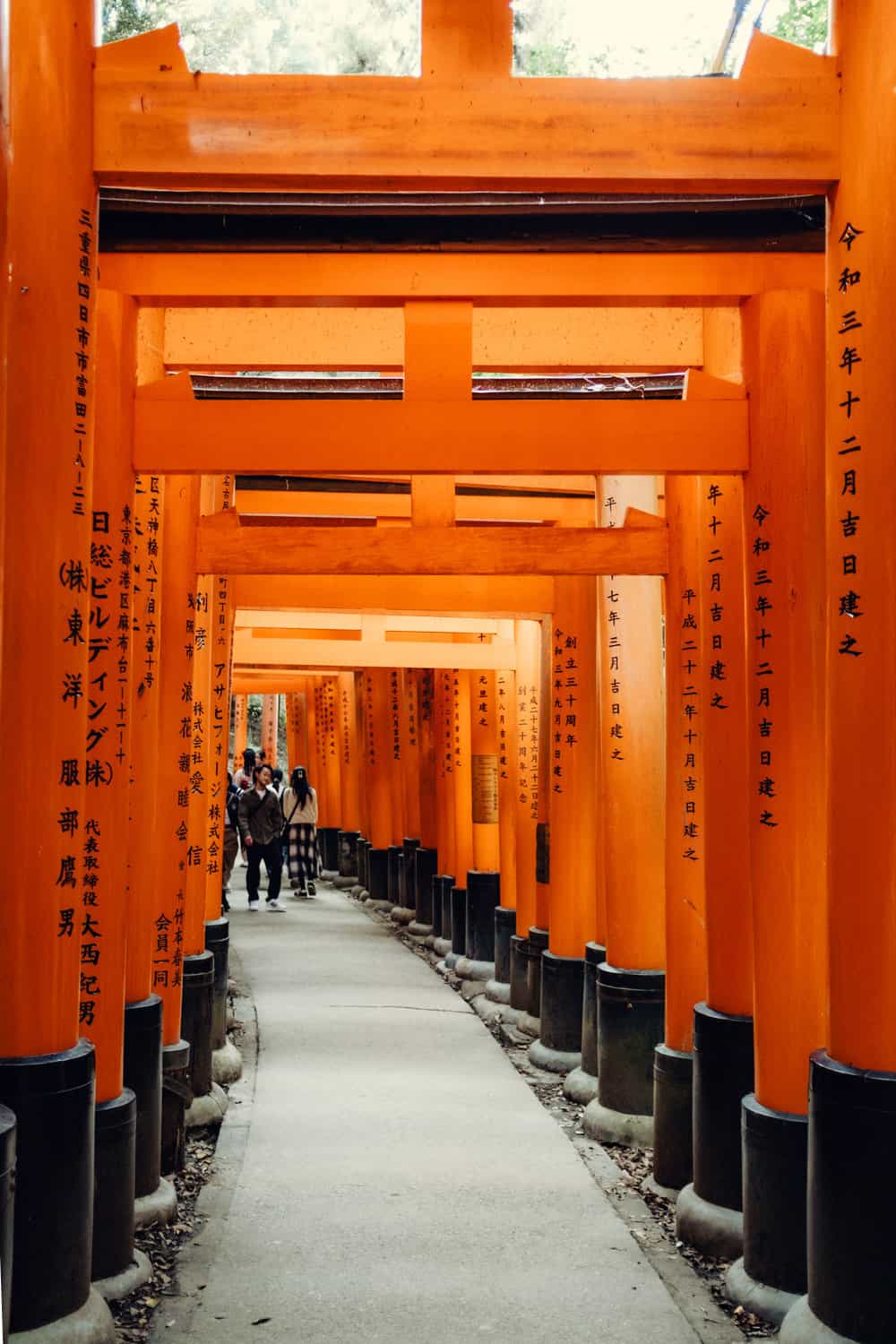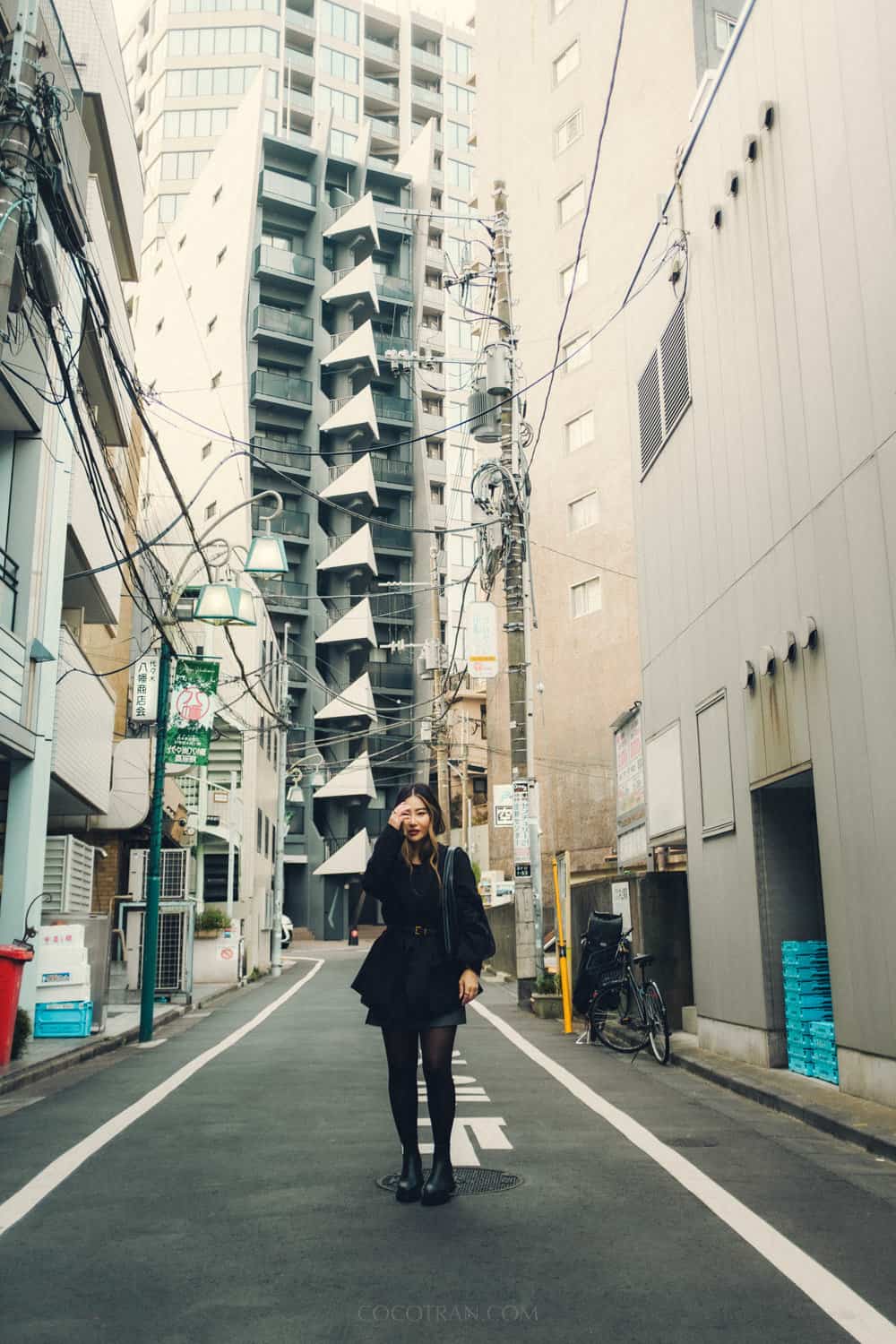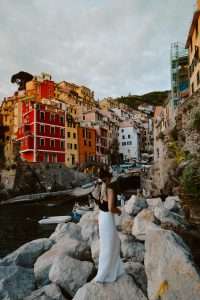5-day tokyo itinerary: The Complete tokyo First-Timer’s Travel Guide 2023
Tokyo, Japan
by Coco Tran On October 18, 2023
Planning your first trip to Tokyo Japan? As a travel blogger, Japan is at the top of my list, and I’m here to give you the best 5-day Tokyo Itinerary for the first timer in Tokyo!
Tokyo is an exhilarating, vast and vibrant metropolis that often dazzles first-time visitors. With its neon cityscapes, tranquil gardens, bustling city streets, futuristic technology, rich history and unique culture, spending 5-6 days in Tokyo allows you to experience the highlights and hidden gems of this world-class city.

As a first-time visitor, Tokyo can seem overwhelming and chaotic at first. But with proper planning, you can maximize your time to see the top sights, eat amazing food, stay in convenient neighborhoods and get a feel for what makes Tokyo such an incredible place.
READY TO BOOK YOUR TRIP?
Best Travel Resources to plan your trip
more helpful travel resources
*This site contains product affiliate links, and I may get a commission, which costs you nothing extra. Thanks for your support
5-6 Day tokyo itinerary: The Complete First-Timer’s Travel Guide 2023
In this complete Tokyo travel guide, I’ll provide everything you need to plan the perfect 5-6 day first trip to Tokyo, including:
- Why you should spend 5-6 days in Tokyo
- Tokyo 5-6 day sample itineraries
- Getting around Tokyo
- Where to stay in Tokyo
- Must-see highlights and hidden gems
- What to eat and drink
- Day trips from Tokyo
- Helpful tips for first-timers
- And much more!
Let’s start planning your awesome adventure in Tokyo!
Helpful Tokyo Tips for First Time visitors
Here are some top tips for first-time visitors to make the most of your 5-6 days in Tokyo:
See my first time to tokyo travel guide and tips
- Get a Japan Rail Pass if doing a larger Japan trip – it lets you ride all JR trains for free. But just for Tokyo, a Suica card is better.
- Always carry small bills and coins for vending machines, train stations and shops without credit card capability.
- Avoid rush hour trains between 8-9:30am and 5-7pm on weekdays if possible. It gets super crowded.
- Look up and down, not just at eye level – you’ll discover cool shops and restaurants hidden upstairs or downstairs.
- Learn a few basic Japanese phrases. Locals really appreciate you making an effort.
- Escape the crowds by visiting early in the morning or later at night when big sights are less packed.
- Don’t be afraid to make restaurant selections based on plastic food models in the window if you can’t read Japanese menus.
- Enter from the rear cars to have the best chance of a seat on crowded subway trains.
- Stand to the left on escalators so people in a rush can pass on the right.
Follow those tips and you’ll be navigating Tokyo like a pro in no time! The language barrier and crowds can be challenging at first but are easily overcome with some preparation.
Get the Tokyo Pass
- The Tokyo Pass allows unlimited rides on trains and discounts on attractions. It can save you money on activities.
- I’ll note in this guide which attractions are Tokyo Pass eligible.
Fly into Haneda Airport Over Narita
- Haneda Airport is closer to downtown Tokyo – only 30 mins by train to the city.
- Narita Airport is 1-1.5 hours from Tokyo and requires an express train ticket.
- Flying into Haneda will save you both time and money.
Download Tokyo Google Maps
- Download the full Tokyo map to your phone before arriving.
- This allows you to navigate Tokyo’s complex train system without using mobile data.
- here are 10 apps you absolutely need when visiting tokyo
Bring Comfortable Walking Shoes
- You’ll be walking a lot in Tokyo, so bring supportive walking shoes.
- Tokyo has great public transport between destinations, but you’ll still walk frequently! You’ll average 15K Steps a day.
Get a Pocket Wifi Device or Esim
- Rent a pocket wifi device if traveling with others to avoid huge roaming bills.
- This allows you to connect multiple devices to one SIM card.
Other Tips
- Download the Japan translation pack on Google Translate to make communicating easier.
- Get a prepaid IC card like Suica for easy tap-and-go train access without tickets.
- Avoid rush hours from 8-9:30am and 5-7pm if possible – trains get very crowded.

How to get around Tokyo using Public Transport
Here are some tips for getting around Tokyo using public transportation:
Tap and Go with IC Cards
The key to easy travel in Tokyo is getting an IC card like Suica or Pasmo. These prepaid cards allow you to simply tap on and off trains without fussing with tickets. Top it up as needed at stations. See my latest tips and news about the Suica & Pasmo cards here.
- IC cards are a lifesaver for Tokyo’s complex train network. Don’t travel without one!
- There’s currently an IC card shortage, so set up a virtual IC card on your Iphone (sorry android users, you’ll need to get a physical card or the pasmo card)
Tip: How to add the Suica card to your phone with an Iphone (you do not need to download the app or have a physical card)
Use Google Maps for Train Routes
Google Maps works great for navigating Tokyo’s trains. Just enter your origin and destination – it’ll suggest the best transit route and even show the fare.
- No data or complicated train maps needed – Google Maps has you covered.
- Locals use more advanced apps , but Google Maps is perfect for tourists.
10 must have travel apps for Japan
Mind the Midnight Train Cutoff
Last train is around midnight in Tokyo. Don’t get stuck out late unless you budget for an expensive taxi ride!
- Regular trains stop running 12-12:30am. Be at your station by 11:30pm latest.
- Miss the last train and that 15 minute ride could cost $50+ by cab.
Avoid Rush Hours
It’s best to avoid trains from 8-10am and 5-7pm on weekdays when they get packed.
- You’ll be crammed in like sardines during rush hour.
- Head to destinations early or later in the day to skip the crowds if possible.
Other Tips
- Get a Tokyo Subway Ticket if using trains heavily on certain days.
- Taxis are great for short trips when trains stop running late at night.
- Pick train doors wisely – rear cars and center doors are less crowded.
With a bit of prep, Tokyo’s transit is easy for tourists. Just get an IC card and let Google Maps be your guide!
More Japan Articles
Why Spend 5-6 Days in Tokyo?
Wondering how many days in tokyo? I have a full detailed guide here.
Tokyo is absolutely massive – it’s a sprawling metropolis made up of 23 city wards, each with its own unique character. Some first-time visitors think they can “do” Tokyo in just 2-3 days, but they are only scratching the surface.
With 5-6 days in Tokyo, you’ll have time to:
- Explore several different neighborhoods like Asakusa, Shibuya, Shinjuku, Ginza and more
- See top attractions like Senso-ji Temple, Meiji Shrine, Imperial Palace, Tokyo Skytree
- Wander through captivating districts like Harajuku and Akihabara
- Enjoy incredible food from sushi to yakitori to Michelin-starred restaurants
- Visit museums, gardens, historic sites
- Do some shopping for souvenirs and trendy fashion
- Take a day trip to places like Nikko, Hakone, Kamakura or Mt Fuji
- Get a feel for Tokyo’s unique vibe and culture
Trying to squeeze Tokyo into just 2-3 days means you’ll spend all your time racing between the most touristy spots and leave out the charm of Tokyo’s lesser-known areas.
The key is to pick 3-4 neighborhoods you really want to focus on, along with a day trip, rather than exhausting yourself trying to see everything.
With 5-6 days, you can explore Tokyo at a comfortable pace, see the top highlights, discover some hidden gems and truly savor this amazing city. Let’s dive into planning your first Tokyo adventure!
The Ideal 5-day tokyo itinearry for a frist time visitor
Here is a detailed hour-by-hour 5-day Tokyo itinerary for first-time visitors:
Day 1
8 AM – Wake up and have breakfast at hotel
9 AM – Pick up pocket wifi device, Suica card and Tokyo subway pass at airport if arriving today
10 AM – Shinkansen bullet train from Tokyo Station to Shinjuku Station
11 AM – Check into hotel and drop off luggage
12 PM – Light lunch at a soba noodle shop in Shinjuku
1 PM – Walk to Shinjuku Gyoen National Garden, stroll through the Japanese garden
3 PM – Shop at Takashimaya Times Square and Isetan Department stores in Shinjuku
5 PM – Back to hotel to freshen up
6 PM – Early dinner at Yakitori Alley in Omoide Yokocho
8 PM – Visit Tokyo Metropolitan Government Building for night city views
9 PM – Evening drink at Bar High Five in Shinjuku’s skyscraper district
11 PM – Late train back to hotel
Day 2
8 AM – Hotel breakfast
9:30 AM – Train from Shinjuku to Harajuku Station
10 AM – Visit Meiji Shrine and wander through Yoyogi Park
12 PM – Lunch at Maisen Tonkatsu in Omotesando
1 PM – Dessert of crepes on Takeshita Street in Harajuku
2 PM – Shopping on Cat Street and Omotesando Boulevard
4 PM – Return to hotel for break
6 PM – Dinner at an izakaya pub in Shibuya
8 PM – Walk around Shibuya Crossing and Center Gai area
10 PM – Train back to hotel
Day 3
7 AM – Early train to Tsukiji Outer Market
8 AM – Breakfast at sushi stall in Tsukiji Market
10 AM – Explore outer market food stalls and shops
12 PM – Lunch at ramen shop in Tsukiji
1 PM – Walk through upscale Ginza neighborhood
3 PM – Tea ceremony experience in Hamarikyu Gardens in Minato
5 PM – Return to hotel
6 PM – Head to Shibuya for dinner at izakaya restaurant
9 PM – Drinks at a jazz bar in Ebisu
11 PM – Return to hotel
Day 4
7 AM – Pick up rental car
8:30 AM – Drive to Hakone for a day trip
10 AM – Stop at Pola Museum of Art in Hakone
12 PM – Lunch at a cafe with Mt Fuji views (weather permitting)
1 PM – Cruise across Lake Ashi
3 PM – Hakone Ropeway and Owakudani boiling valley
6 PM – Return rental car in Tokyo
8 PM – Dinner at a tempura restaurant in Asakusa
9 PM – Night visit to Senso-ji Temple
11 PM – Return to hotel
Day 5
8 AM – Hotel breakfast
9 AM – Train to Akihabara Station
10 AM – Visit anime shops, manga cafes and video arcades
12 PM – Maid cafe for lunch
2 PM – Explore more of Akihabara’s nerdy delights
4 PM – Head to Asakusa Station
5 PM – Snack at Ameyoko Street market
6 PM – Dinner at an izakaya near Senso-ji Temple
8 PM – Walk through atmospheric Nakamise Shopping Street
10 PM – Return to hotel for last night
This gives you an idea of how to maximize your time with a detailed hourly itinerary in Tokyo! Adjust times and activities as you desire.
Where to eat in Tokyo:
Here are suggestions for places to eat in some of the main neighborhoods covered in this Tokyo itinerary:
Shinjuku
- Omoide Yokocho: Get small plates and skewers at the tiny restaurants in Memory Lane.
- Sushi Tokyo ten : A popular and great value omakase suhi dinner and lunch. 20 pieces for under $80
- Golden Gai: Hop between the tiny basement bars for izakaya-style dining.
- Isetan Food Hall: Upscale basement food hall at the Isetan department store.
- Tsunahachi: Classic tempura restaurant located near Shinjuku Station.
Shibuya
- Ichiran: Famous for custom tonkotsu ramen. Order via vending machine.
- Uobei: Conveyor belt sushi with discounted plates during lunchtime.
- Yoshinoya: Japanese fast food chain popular for gyudon beef bowls.
- tonkatsu Marugo: a popular and delicious tonkatsu pork cutlet restaurant
- Rokurinsha: Specialty tsukemen dipping ramen located in train station.
Asakusa
- Kappa Sushi: Conveyor belt sushi with a view of Senso-ji Temple.
- Imasa: Traditional Japanese soba noodles since 1847.
- Daikokuya Tempura: Crispy tempura in an unassuming little shop.
- guykatsu Ichi Ni San steak: An incredibly popular and delicious beef katsu that you cook and heat yourself on the grill
- Asakusa Imahan: Historic sukiyaki and shabu shabu restaurant.
Ginza
- Kyubey: Refined sushi and kaiseki cuisine. Reservations recommended.
- Teppan Suite Akasaka: Steak and seafood teppanyaki with a show.
- Robata Koji: Specializes in premium yakitori chicken skewers.
- Sukiyabashi Jiro: World famous Michelin-starred sushi (hard to get reservations).
- Buta-Daigaku Shinbashi: Delicious thinly cliced pork/steak rice over (steak bowl )
Akihabara
- Go! Go! Curry: Quirky curry shop chain decorated with anime figurines.
- Dragon Quest Pub: Video game themed pub with game-inspired meals.
- Cafe Mailish: Relaxed cafe with pizza, pasta, pancakes and more.
- Maidreamin’: Popular maid cafe with cute decor and costumes.
Tokyo 5 Day Itinerary & Tokyo 6 day Itinerary For Different Type of Traveler
To help you maximize your first 5-6 days in Tokyo, here are some sample itineraries that combine the must-see highlights with some local flavor. Feel free to mix and match according to your interests.
5-day Tokyo Itinerary – First-Timer Favorites
Day 1: Shinjuku & Shibuya
Morning: Shinjuku Gyoen, Shinjuku National Garden
Afternoon: Shibuya Crossing, Hachiko Statue, Shibuya Shopping & Dining
Evening: Golden Gai Izakaya Pub Crawl
Day 2: Asakusa & Ueno
Morning: Senso-ji Temple & Nakamise Shopping Street
Afternoon: Ameyoko Market, Ueno Park
Evening: Akihabara for Anime, Maid Cafes & Arcades
Day 3: Imperial Palace & Tsukiji/Toyosu
Morning: Imperial Palace East Garden
Afternoon: Tsukiji Outer Market Food Tour
Evening: Ginza or Odaiba for Fine Dining & City Views
Day 4: Day Trip to Kamakura
Highlights: Great Buddha, Hokoku-ji Bamboo Temple, Enoshima Island
Day 5: Harajuku & Meiji Shrine
Morning: Takeshita Street Shopping & Crepes
Afternoon: Yoyogi Park & Meiji Shrine
Evening: Shibuya Dining & Nightlife
Day 6: FREE Day
Options: TeamLab Borderless, Studio Ghibli Museum, Tokyo Disneyland, Day Trips (Hakone, Nikko)

5-day Tokyo Itinerary: Food & Culture Focused
Day 1: Tsukiji & Ginza
Morning: Tsukiji Fish Market Food Tour
Afternoon: Ginza Shopping, Cafe Culture & Architecutre
Evening: Izakaya Dining & Karaoke in Ginza
Day 2: Asakusa, Ueno & Akihabara
Morning: Senso-ji Temple & Street Food around Asakusa
Afternoon: Ameyoko Market Snacks, Ueno Park
Evening: Anime & Maid Cafes in Akihabara
Day 3: Food & Drink Tour in Shinjuku
Morning: Shinjuku Gyoen National Garden
Afternoon: Shinjuku Nightlife Food Tour
Evening: Golden Gai Izakaya Bar Hop
Day 4: Day Trip to Kawagoe “Little Edo”
Highlights: Quaint canals, traditional warehouses, sweet shops
Day 5: Harajuku & Shibuya
Morning: Cat Cafes & Kawaii Culture in Harajuku
Afternoon: Conveyor Belt Sushi & Depachika Food Halls in Shibuya
Evening: Omakase Sushi Dinner in Shibuya/Ginza
Day 6: FREE Day
Options: TeamLab Borderless, Robo Restaurant Cabaret Show, Day Trips (Hakone, Nikko)
5-day Tokyo Itinerary: Pop Culture Paradise
Day 1: Harajuku & Shibuya
Morning: Takeshita Street Shopping & Crepes
Afternoon: Kiddy Land, Daiso 100 Yen Shop & Purikura Photo Booths
Evening: Maid Cafe, Mario Kart Go Karting, Capsule Hotels
Day 2: Akihabara Anime Town
Morning: Gundam Cafe, Anime Shopping
Afternoon: Super Potato Retro Arcade, Maid Cafe
Evening: SEGA Arcade Center, Tokyo Anime Center
Day 3: Ghibli & Sanrio Land
Morning: Ghibli Museum (advance tickets required)
Afternoon: Sanrio Puroland Theme Park
Evening: Robot Restaurant Cabaret Show
Day 4: Day Trip to Hokuto in Yamanashi
Highlights: Scenic Mt Fuji views, shrines, fruit picking
Day 5: Otaku Culture in Nakano & Ikebukuro
Morning: Nakano Broadway for anime shopping & cosplay
Afternoon: Pokemon Mega Center & Alice in Wonderland Cafe
Evening: Owl or Cat Cafe, Maidreamin Maid Cafe
Day 6: Tokyo Disney Resort
Day at Tokyo DisneySea and/or Tokyo Disneyland
As you can see, Tokyo offers endless possibilities for first-timers! The key is identifying your main interests, picking a few areas you really want to see, and balancing tourist highlights with local experiences.

Getting Around Tokyo
Tokyo has one of the most efficient and complex public transport systems in the world. It can be daunting for visitors, but is quite easy to use once you get the hang of it. Here are the main options:
Local Trains: Tokyo’s local trains, including JR lines, subway lines and private lines like Keio and Odakyu, will likely be your main means of transport. Major hubs are Shinjuku, Shibuya, Ikebukuro and Tokyo Stations.
Suica Card: Get a rechargeable Suica card to easily tap on and off trains without buying tickets. They can be purchased at stations. Pasmo cards also work.
Tokyo Subway Ticket: Consider a unlimited ride subway pass for heavy use days. They can be for 24, 48 or 72 hours.
Taxis: Useful for short trips at night when trains stop running. Can get pricey for long distances.
Walking: Tokyo is very walkable, so walk as much as you can to soak in the vibe of neighborhoods. Just be sure to get a pocket wifi device or SIM card for Google Maps!
I’d recommend getting a Suica card at the airport when you arrive, as well as a pocket wifi device for google maps to help you navigate via train.
Be sure to plan your train routes ahead of time using Google Maps and pay attention to the station signs to know which exit to take. Stations can have a maze of underground passages!
Where to Stay in Tokyo
With its vast size and multiple city wards, Tokyo offers tons of choices for accommodations. Here are some of the best areas for first-time visitors:
Tokyo Station Area
Pros: Very central location with good transport links to everywhere. Close to Imperial Palace and restaurants.
Cons: Can feel too business-like, less character than other areas.
Ginza
Pros: Classy, upscale area with luxury shopping and dining. Central location.
Cons: Very expensive hotels and not as lively as other neighborhoods.
Asakusa
Pros: Traditional, old Tokyo vibe with Senso-ji Temple. Budget friendly options.
Cons: Far from west side neighborhoods like Shibuya and Shinjuku. Gets quiet at night.
Shinjuku
Pros: bursting with energy and things to do. Direct rail links across Tokyo.
Cons: Can be intense and overwhelming for some people. Red light district.
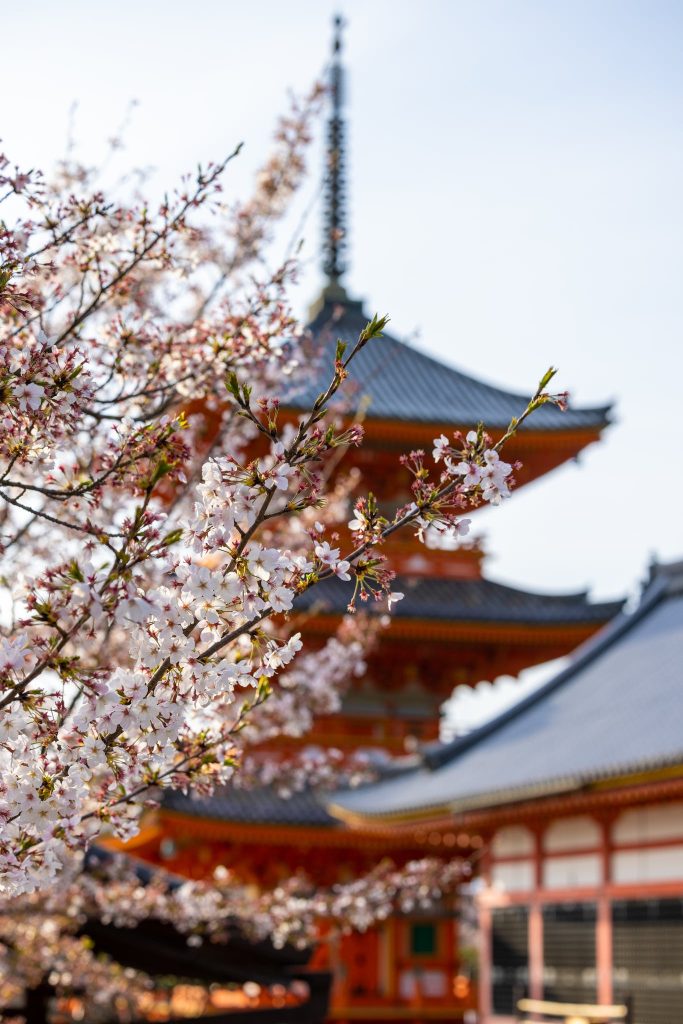
Shibuya
Pros: Center of youth culture, fashion and nightlife. Easy access to Harajuku.
Cons: Very crowded and hectic. Noisy at night.
For first-timers, I’d recommend staying around Shinjuku or Shibuya to be close to the action. Alternatively, the Tokyo Station area is more relaxed while still very central.
Look for hotels near or within walking distance to major train stations for the best access. Mid-range hotels in Tokyo generally start around $100-$150 USD per night.
Capsule hotels, hostels and weekly mansion rentals are budget-friendly options under $50 USD per night.
Luxury hotels in prime areas like Ginza and Roppongi can easily be $400+ per night.
Check places like Booking.com to find deals on hotels in your price range.
Tokyo Highlights & Tokyo Hidden Gems
Tokyo has so many things to see and do that it can be hard to narrow them down. To help first-timers maximize their time, here are some of the top highlights and hidden gems that are worth visiting:
Top Highlights
- Senso-ji Temple & Nakamise Shopping Street
- Meiji Shrine & Harajuku Takeshita Street
- Shibuya Crossing & Center Gai
- Shinjuku Gyoen National Garden
- Imperial Palace East Garden
- Asakusa Riverside
- Tokyo Skytree
- Akihabara Electric Town
- Ginza Shopping District
Top “Off-The-Beaten-Path” Gems
- Yayoi Kusama Museum
- Nakano Broadway Anime Mall
- Golden Gai Izakaya Alleys
- Nonbei Yokocho Alley
- Memory Lane Piss Alley
- Kagurazaka Geisha District
- Yanaka Old Tokyo Neighborhood
- Omoide Yokocho “Memory Lane”
- Shimokitazawa Hipster Enclave
- Rikugien Garden
This covers a mix of Tokyo’s most famous sites as well as some charming areas away from the tourist crowds.
Aim to pick maybe 2 highlights per day along with an off-the-beaten-path gem to mix things up!
Now let’s get into the ultimate highlight of any Tokyo trip – the incredible food! 🍣
Tokyo Food Guide
Tokyo is hands down one of the best food cities in the world. You could spend all 5-6 days just eating and still not run out of places to try! Here are some quintessential Tokyo eats and areas for foodies:
- Sushi – Ginza, Tsukiji Market, conveyor belt sushi
- Ramen – Tonkotsu, shoyu, miso and shio ramen varieties
- Yakitori – grilled chicken skewers
- Okonomiyaki – savory Japanese pancakes
- Soba & Udon – buckwheat and wheat noodles
- Tempura – fried seafood and vegetables
- Izakaya – Japanese gastropub cuisine
- Wagashi – traditional Japanese sweets
- Depachika – department store food floors
- Convenience store snacks – onigiri rice balls, oden, bento boxes

Some of the best areas in Tokyo for food are:
- Ginza – upscale sushi, fine dining
- Tsukiji Outer Market – fresh sushi, seafood snacks
- Asakusa – street food, traditional sweets
- Ueno – parkside food stalls, Ameyoko market
- Shinjuku – Omoide Yokocho and Golden Gai alleyways
- Shibuya – nightlife dining, international cuisine
- Harajuku – crepe shops, kawaii monster cafe
- Akihabara – anime themed cafes
Don’t be shy about grabbing food from convenience stores and train station bento shops – the quality can be excellent!
Day Trips from Tokyo
To escape the bustle of the city for a day, Tokyo makes an easy hub for popular side trips like:
Nikko – A UNESCO World Heritage Site known for stunning shrines and temples set amongst cedar forests. Can be visited as a day trip or extended 2 days + overnight.
Hakone – Gorgeous hot spring town in the Fuji Five Lakes region with sulphur springs, ropeways and epic views of Mt Fuji on clear days. Easily accessed via direct train and loop bus or boat tours.
Kamakura – A seaside town with ancient shrines and the Great Buddha statue. Makes for a relaxed day escape from Tokyo.
Mt Fuji – Towering symbol of Japan and one of the most beautiful mountains in the world. You can visit the scenic Fuji Five Lakes area and see Mt Fuji without climbing it.
Kawagoe – Nicknamed “Little Edo” for its well-preserved traditional buildings and warehouses reminiscent of past times. Great for fans of Japanese history.
Yokohama – Japan’s second largest city after Tokyo, with trendy shops, Minato Mirai bayscape and Chinatown. Just 30 mins from Tokyo by train.
Whichever day trip you choose, they make for a refreshing change from the concrete jungle of Tokyo’s wards. Check the forecast and aim for clear skies if you want to see Mt Fuji!
Conclusion
Tokyo is one of the world’s most fascinating cities. There is truly something for everyone – history and culture, foodie delights, pop culture, urban cityscapes, tranquil nature and so much more.
With this complete 5-6 day Tokyo itinerary and travel guide, you now have all the information you need to plan an amazing first trip.
The key is to mix must-see highlights with off-the-beaten-path exploration, utilize Tokyo’s easy transport system, eat as much delicious food as possible and not put too much pressure on trying to see it ALL.
With just 5-6 days you may only scratch the surface, but it will undoubtedly leave you awestruck and eager to return to discover more of Tokyo’s incredible charms.
Have an amazing trip, and be sure to share the highlights when you get back! I’m excited for you to explore one of my favorite cities in the world.
Ultimate japan travel planning Guide
Planning a trip to japan:
find these helpful articles and resources to plan your trip to Japan:



